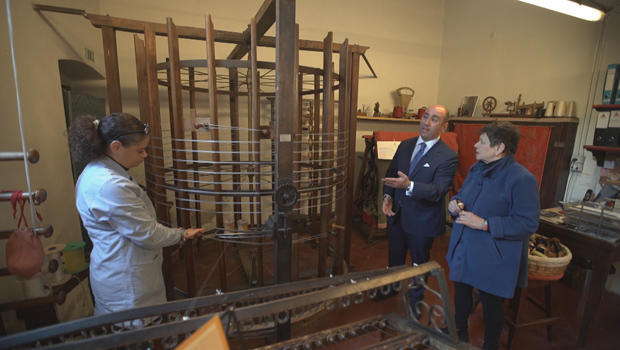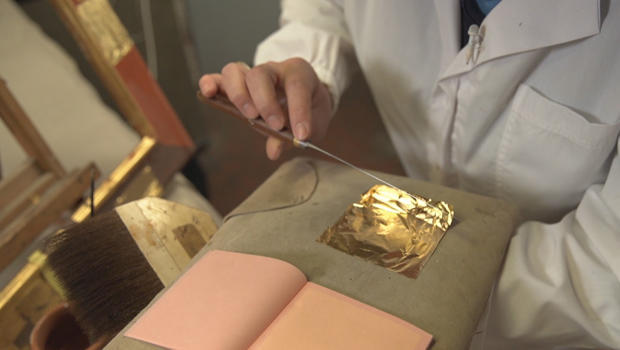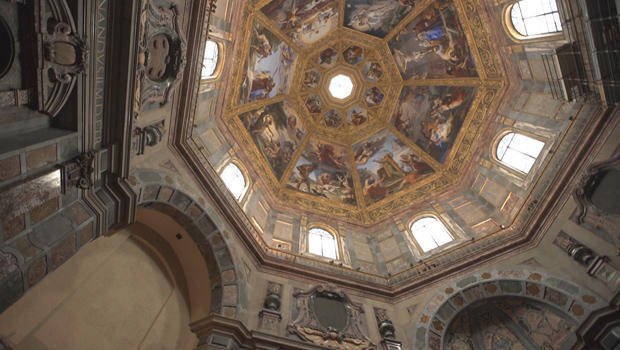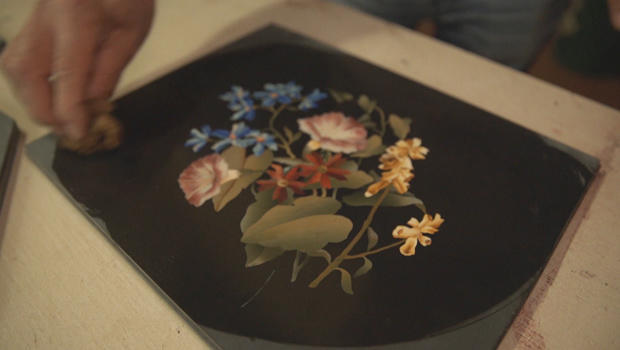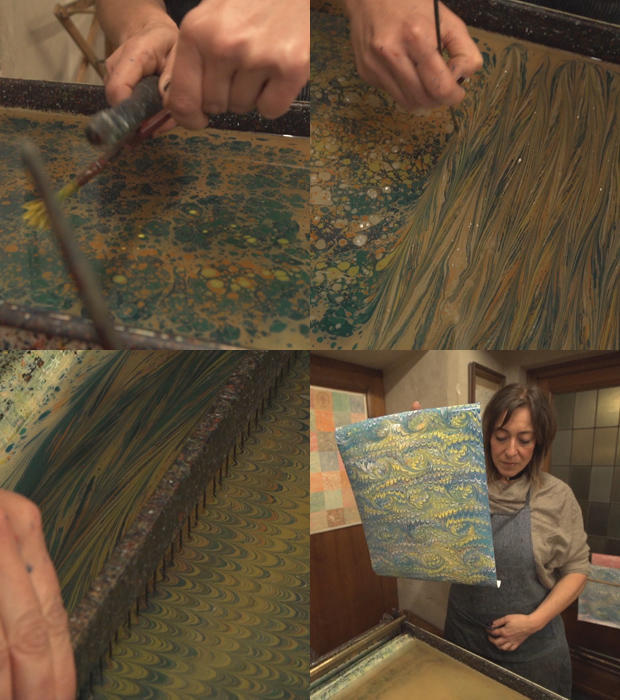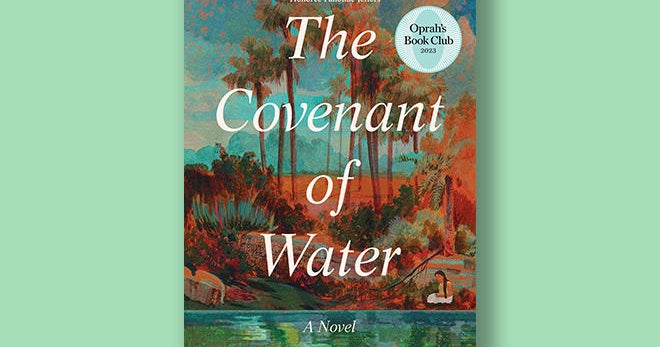Florentine artisans: Preserving the traditions of Medici taste
At the end of the 1400s Leonardo da Vinci designed a "warping machine," to be used by weavers to wind thread. A version of it was built in the 1600s, and that very machine is still in use today, at silkmaker Antico Setificio Fiorentino, in Florence, Italy, to make braids.
The firm's CEO, Filippo Ricci, then showed correspondent Martha Teichner the 1700 looms. In 1786, the city's most prominent families handed over their personal looms so Florence could go into business producing the luxury fabrics its aristocrats wore.
A city of businessmen and bankers, Florence was always into conspicuous consumption. Just look at its art, and the gold jewelry sold on the Ponte Vecchio (which translates to the old bridge), Spanning the Arno River, the bridge dates back to 1345.
"Originally it was a place for selling fish and meat," said Elaine Ruffolo, an American Renaissance art historian who lives in Florence. "And when the Medici became Grand Dukes of the city, they don't like the smell of all that fish and meat, and so they changed the function of the bridge to the place for the goldsmiths. And it has had gold shops on this bridge since 1565."
As bankers and then powerful political figures, the Medici were famous patrons of the arts and of artisans. For Florentine artisans today, the past is the present.
Restorer Stefania Martelli uses the same techniques, the same tools, the same gold as gilders working for the Medici.
The Florence tourists visit today is one big display of Medici taste.
Ilio De Filippis heads Pitti Mosaici, a workshop creating pietra dura, mostly the way it was done during the Renaissance. The artistry is in searching thousands of stones for the perfect color and shading, then cutting and fitting the pieces together like an intricate puzzle. It's slow, painstaking work.
Ilio's sons are learning how to do it. But, "When I started, we had several workshops in town, I would say between 25 and 30." And now? "Only three left."
The good news: there are still nearly 500 traditional artisan workshops in Florence. The bad news: that's 75 fewer than 10 years ago.
Maria Giannini is the sixth generation in her family to make marbleized paper, once used in book binding, now more of a beautiful novelty for tourists. But she hangs in there, making one sheet at a time, because for her – for so many of the artisans of Florence – it's about passion.
"It's very important," Giannini said. "It's the satisfaction and it's also to give people a piece of my art, and my history as well. It is important because I leave something."
For more info:
- Art historian Elaine Ruffolo
- Antico Setificio Fiorentino
- Restorationists Oro and Colore
- Stone mosaics by Pitti Mosaici
- Bookbinders Giulio Giannini e Figlio
- Medici Chapels and Church of San Lorenzo
Story produced by Sara Aviv.
